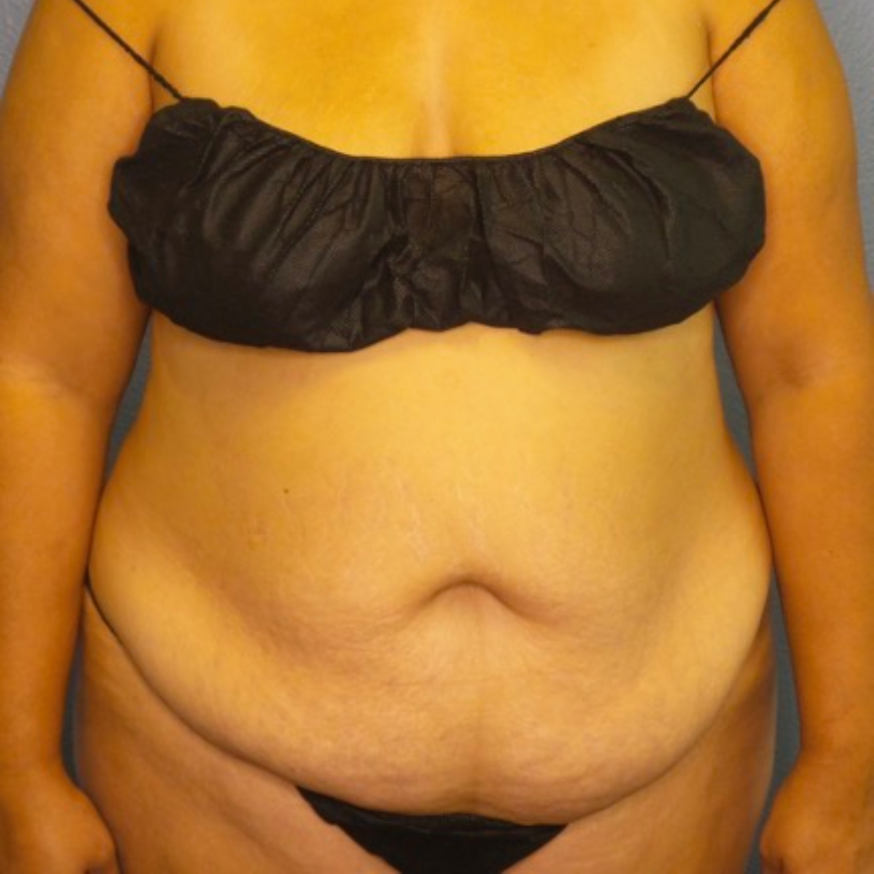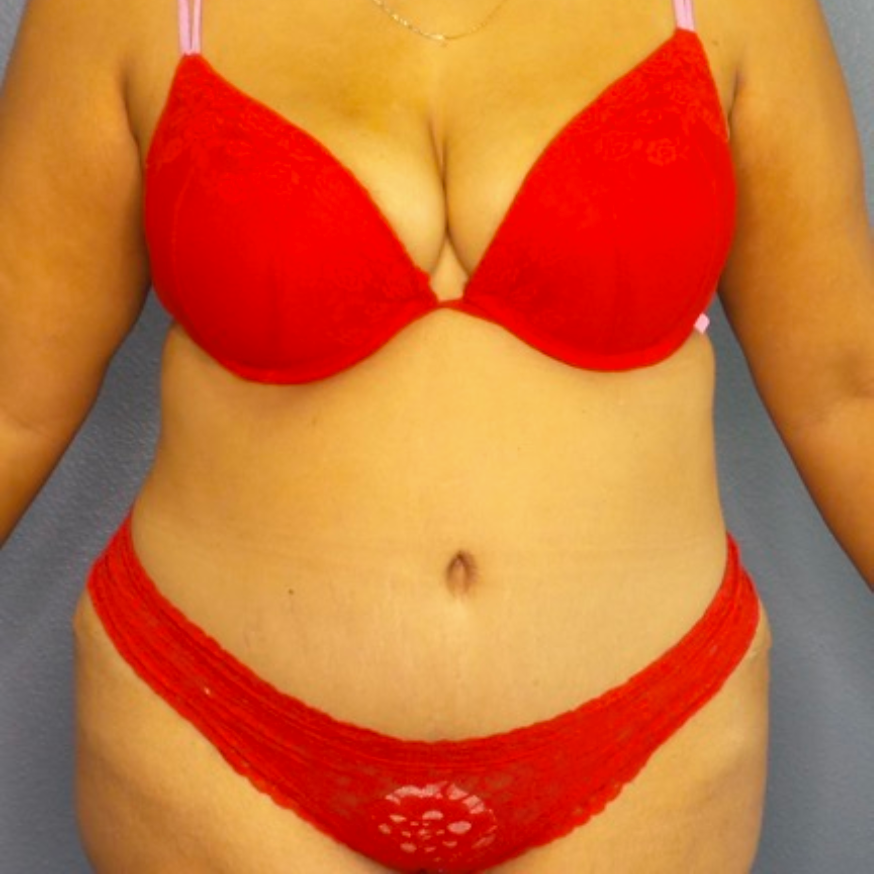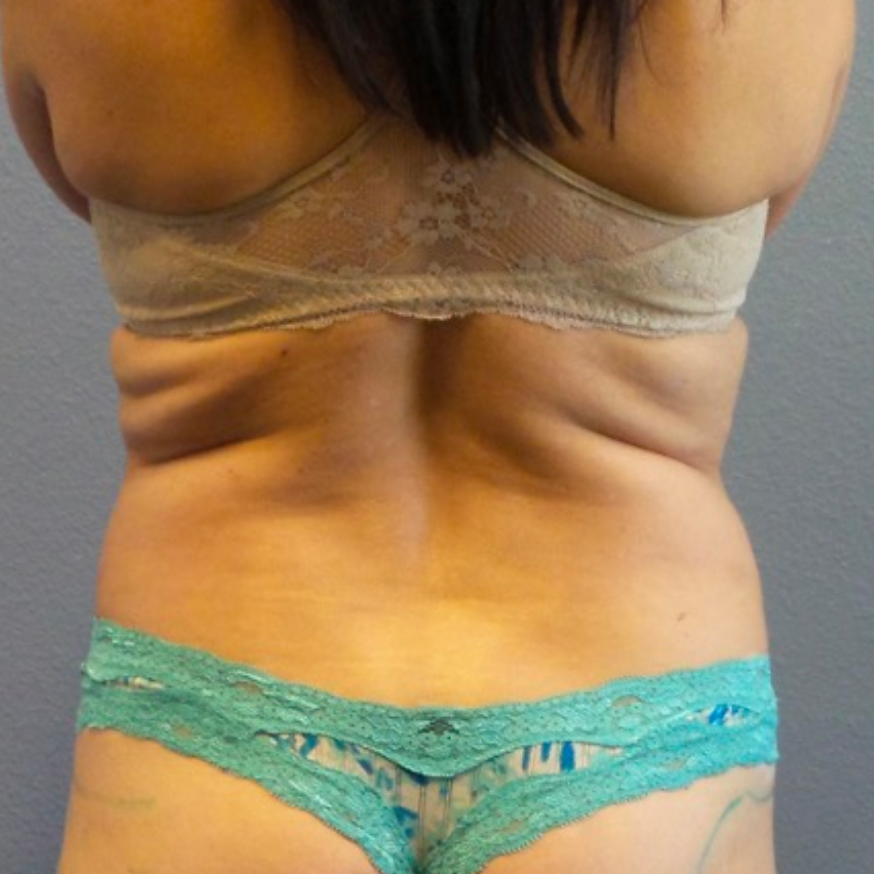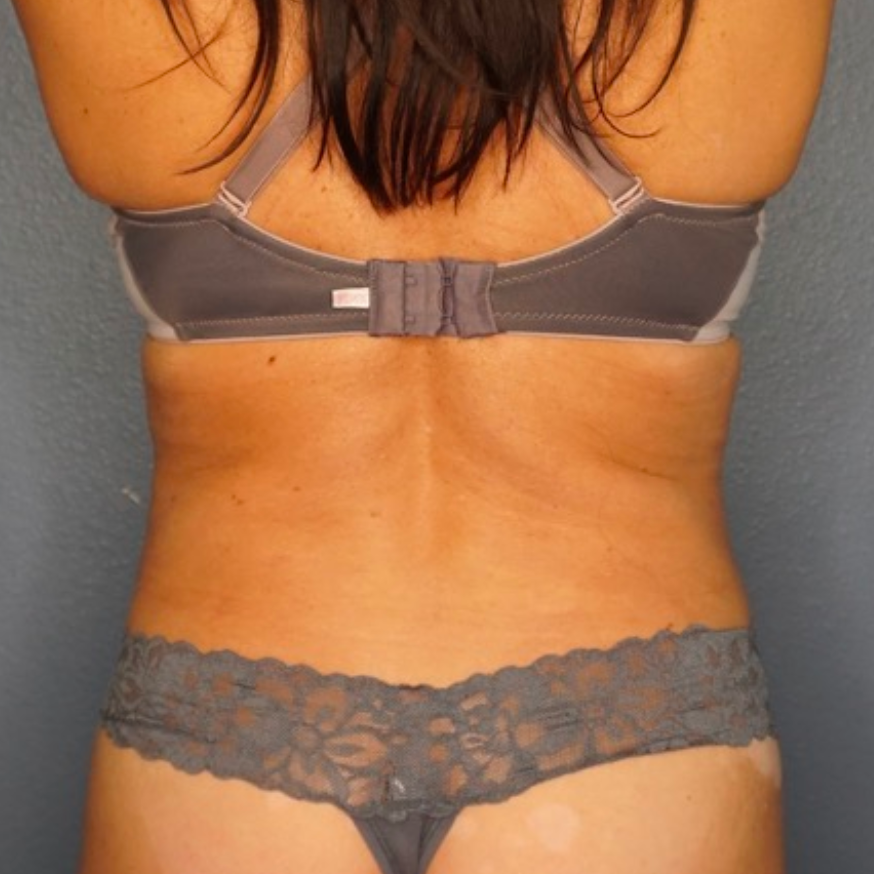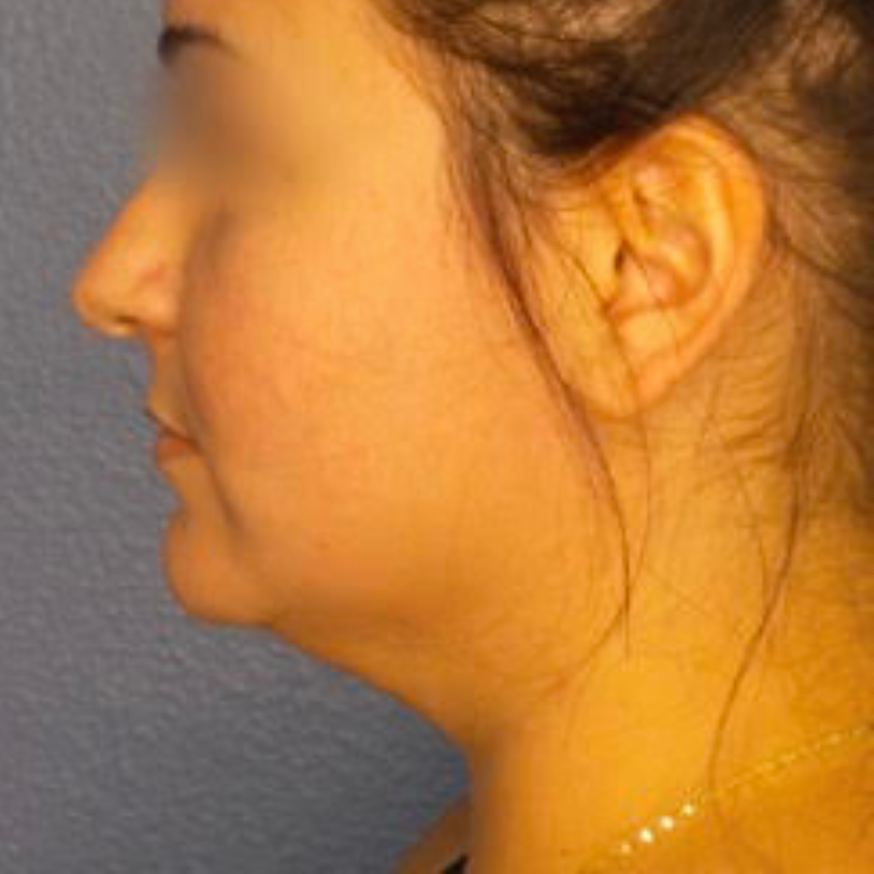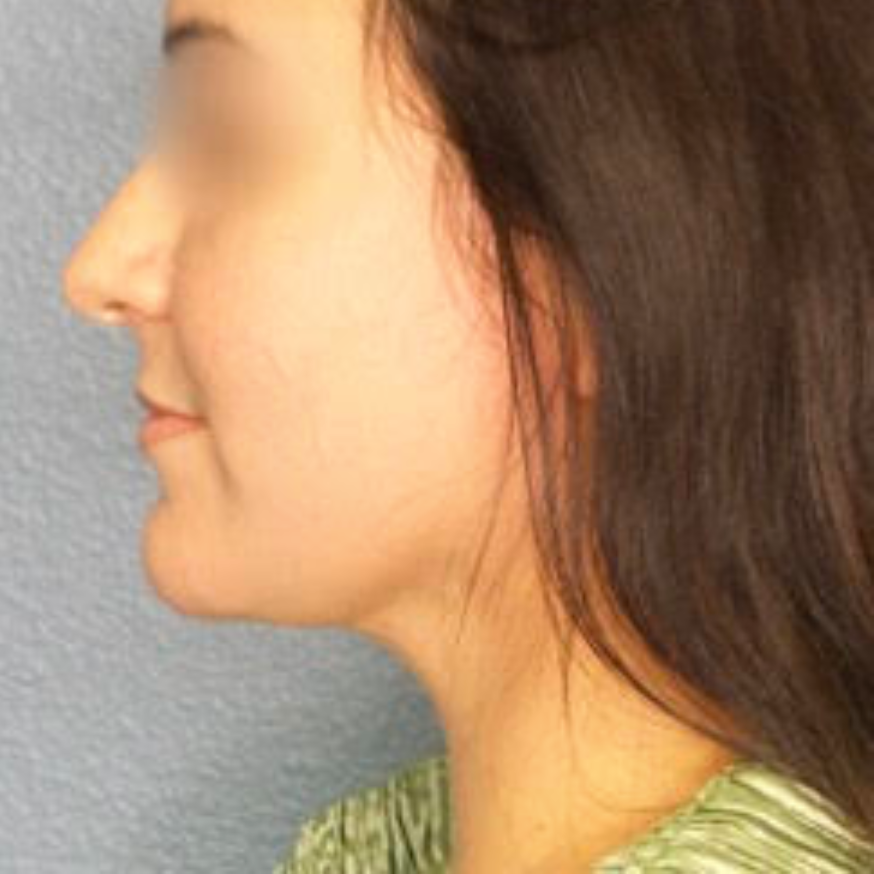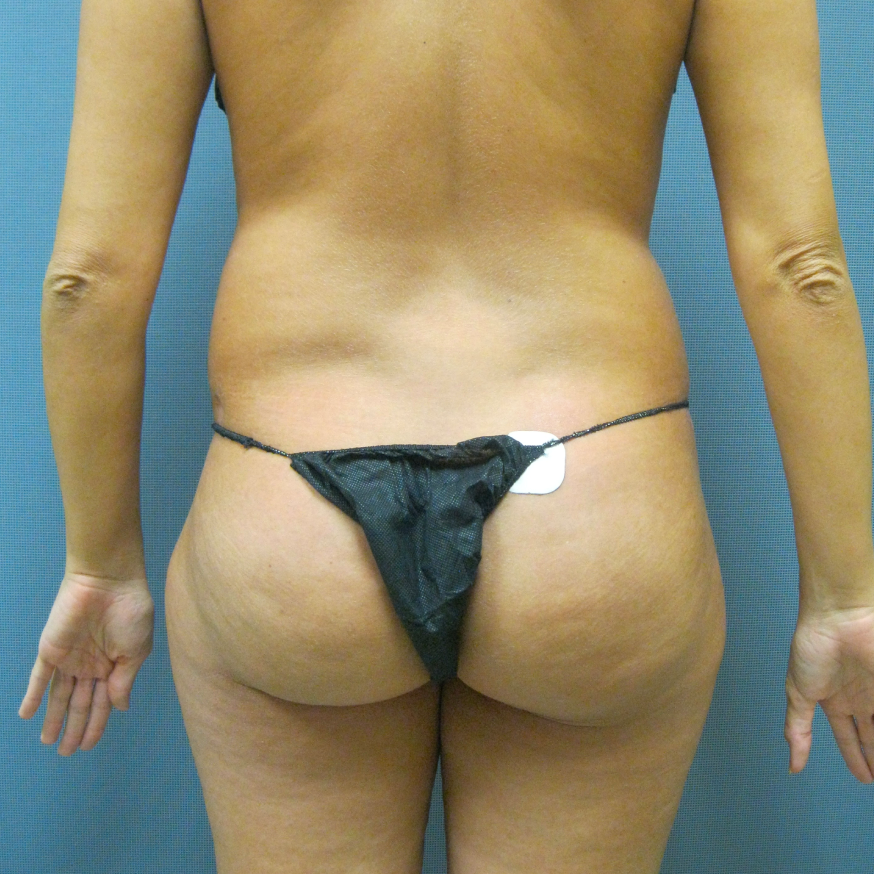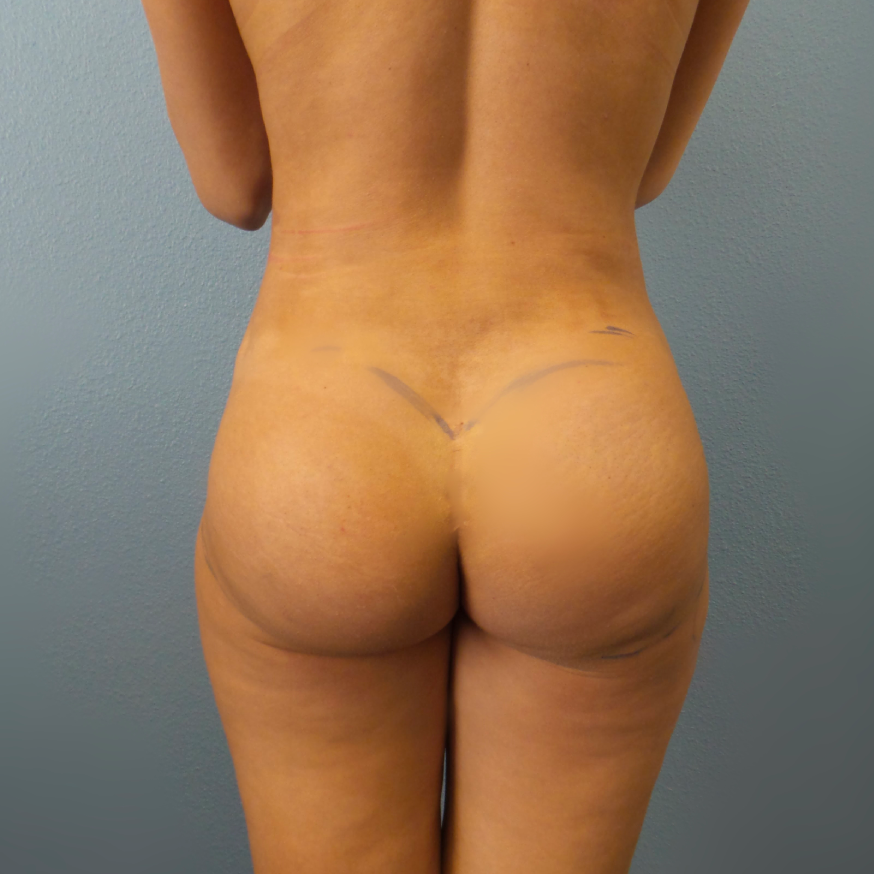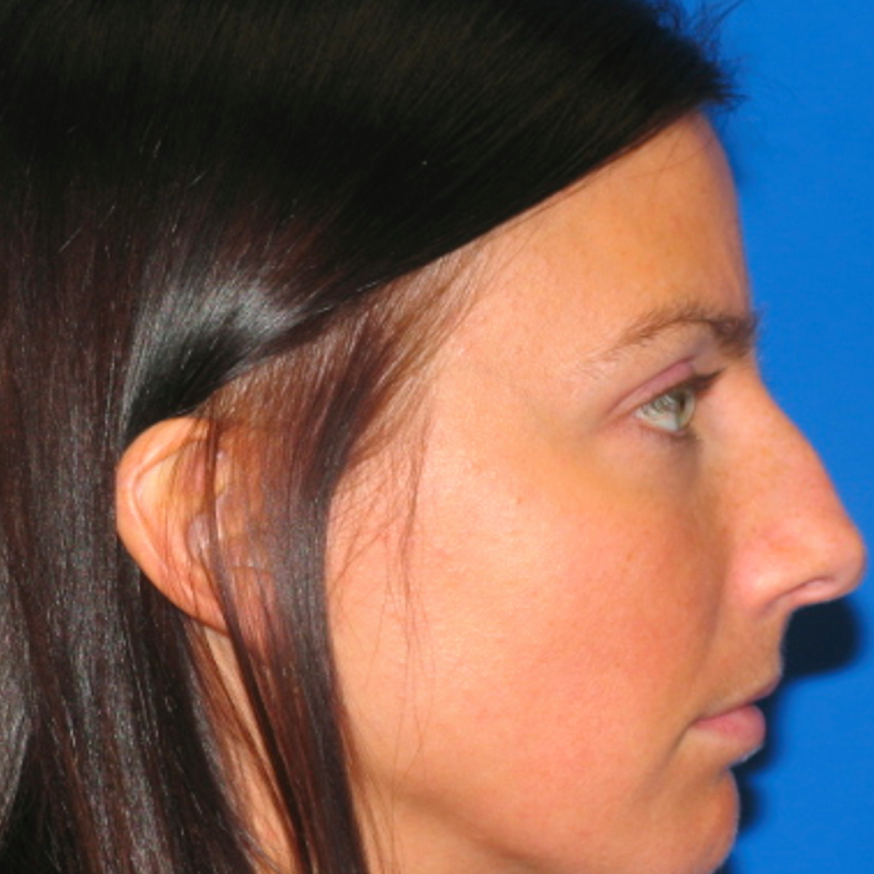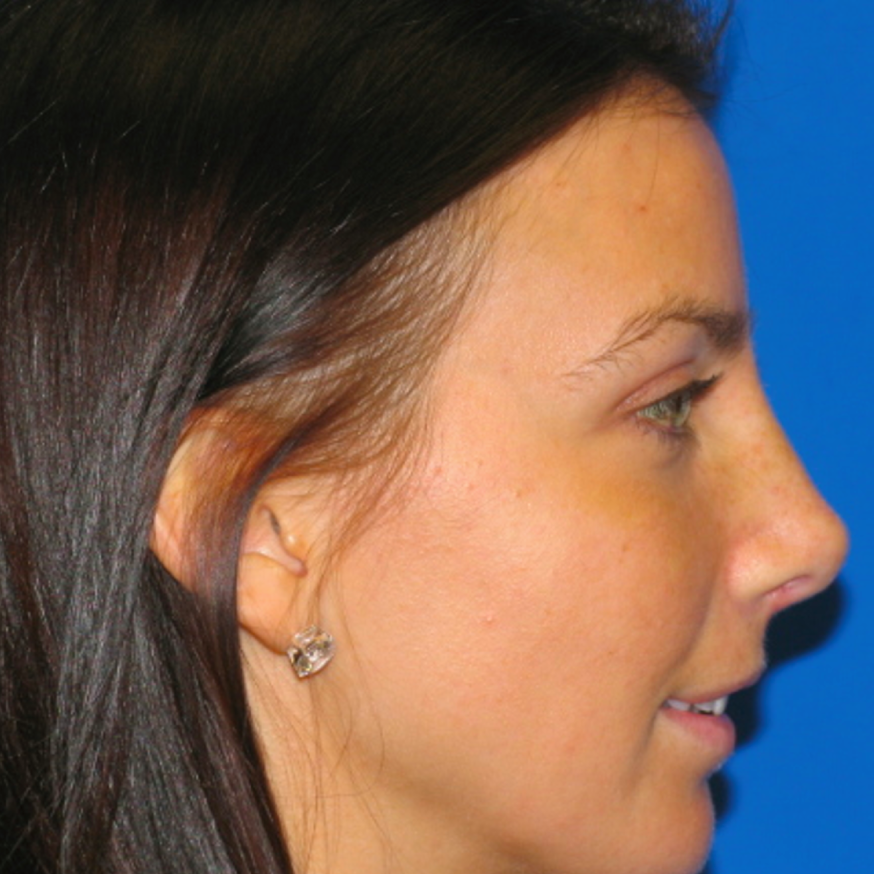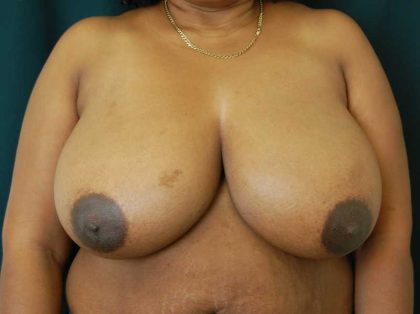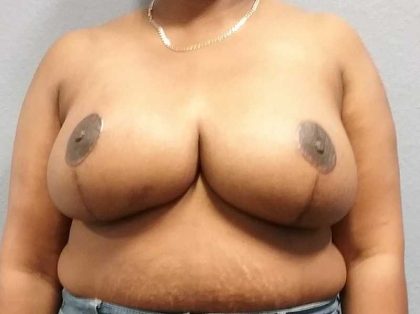Breast Reduction
Conveniently located to serve the areas of Tampa and Lakeland, FL

Surgeons perform breast reduction, also known as reduction mammoplasty or mammaplasty. It aims to reduce the size and volume of the breasts. This article explores the benefits and considerations of reduction mammoplasty surgery.
Contents
Before and After Photos
Procedure
Surgeons design reduction mammoplasty surgery to alleviate physical discomfort and improve the overall appearance of the breasts. Moreover, it involves removing excess breast tissue, fat, and skin to achieve a more proportional and balanced breast size.
During mammaplasty surgery, the surgeon makes incisions around the areola and vertically down to the breast crease, as well as horizontally along the crease. Excess breast tissue, fat, and skin are removed, and the remaining tissue is reshaped to achieve a more proportional breast size and shape.
Benefits
- Alleviating Physical Discomfort: Mammaplasty surgery can relieve chronic back, neck, and shoulder pain associated with large, heavy breasts.
- Improving Posture: By reducing breast size and weight, mammaplasty surgery can help improve posture and spinal alignment.
- Enhancing Quality of Life: Many individuals experience improved self-esteem and body confidence following mammaplasty, leading to a better quality of life.
- Clothing Fit: After mammaplasty, patients often find that clothing fits more comfortably and they can participate in physical activities with greater ease.
Ideal Candidate
Before considering this procedure, consulting with a qualified plastic surgeon is essential. Physical health, lifestyle, and personal goals will be discussed to ensure the procedure meets your expectations.
Recovery and Results
Understanding the recovery process and aftercare is crucial for lasting comfort after Breast Reduction. This section explores post-operative care, managing discomfort, and adopting a healthy lifestyle to maintain the reshaped and minimized bust size.
In conclusion, Breast Reduction is not just a cosmetic procedure; it’s a pathway to enhanced confidence and comfort. From understanding reduction mammoplasty techniques to navigating the journey of bust size decrease, this article aims to provide valuable insights into the transformative world of Breast Reduction.
Take the first step towards enhanced comfort and confidence—schedule your Breast Reduction consultation now, and let us guide you on the path to a more balanced and empowered you.
Considerations and Consultation
Before undergoing mammaplasty surgery, individuals should schedule a consultation with a board-certified plastic surgeon to discuss their goals, concerns, and expectations. The surgeon evaluates the individual’s overall health, breast anatomy, and desired outcomes. This assessment determines if they are suitable candidates for reduction mammoplasty surgery.
Conclusion
In conclusion, breast reduction surgery offers a transformative solution for individuals seeking relief from the physical and emotional burdens of large, heavy breasts. By reducing breast size and volume, mammaplasty surgery can improve comfort, posture, and self-confidence. With the guidance of a skilled plastic surgeon, individuals can achieve balanced and proportionate breasts. This enhancement improves both their physical appearance and quality of life.
Contact UsFAQ
What is a breast reduction?
A breast reduction, also know as reduction mammaplasty is a procedure that removes excessive breast tissue. It has many different approaches in terms of the skin envelope work, and internal breast tissue rearrangement. It may be done for functional reasons, as when breast size interferes with daily living or exercise activity. Breast reduction is very commonly done for posture changes, chronic breast, neck, and shoulder pain. Finally, it may be done for purely cosmetic reasons. Wise pattern, Passot pattern, and Vertical reduction techniques are tailored to specific patient needs and preferences to include scar orientation, the degree of lift, and the degree of tissue removal. Generally, longer nipple areola elevation dictates the need to include a horizontal incision. The same can be said of larger tissue resection or excision, although many surgeons advocate the use of vertical incisions in both high weight breast removal and long NAC-translocation. This typically involves multiple little tweaks after the incisions have completely healed. Less frequently, breast parenchyma can be excised through a periareolar incision, leaving only a scar around the areola. This is typically combined with some degree of suction assisted lipectomy and is more in line with older and/or less dense breasts. The incisions can be quite lengthy but the recovery is very well tolerated. Using highly dilute local anesthetic, otherwise known as tumescent improves postoperative pain control, likely through pre-emptive anesthesia. Activities of daily living and self-care are usually resumed by the end of the first postoperative week. More strenuous activity, intense exercise, lifting anything over twenty pounds is not resumed until after four weeks from the time of the operation. As with most surgical procedures, complications are far more common in cases of morbid obesity, the presence of diabetes, vascular disease, and smoking. Breast reduction patients tend to be some of the most happiest and appreciative patients in plastic surgery. This is likely because their physical well being is just as improved by the procedure as their appearance.

